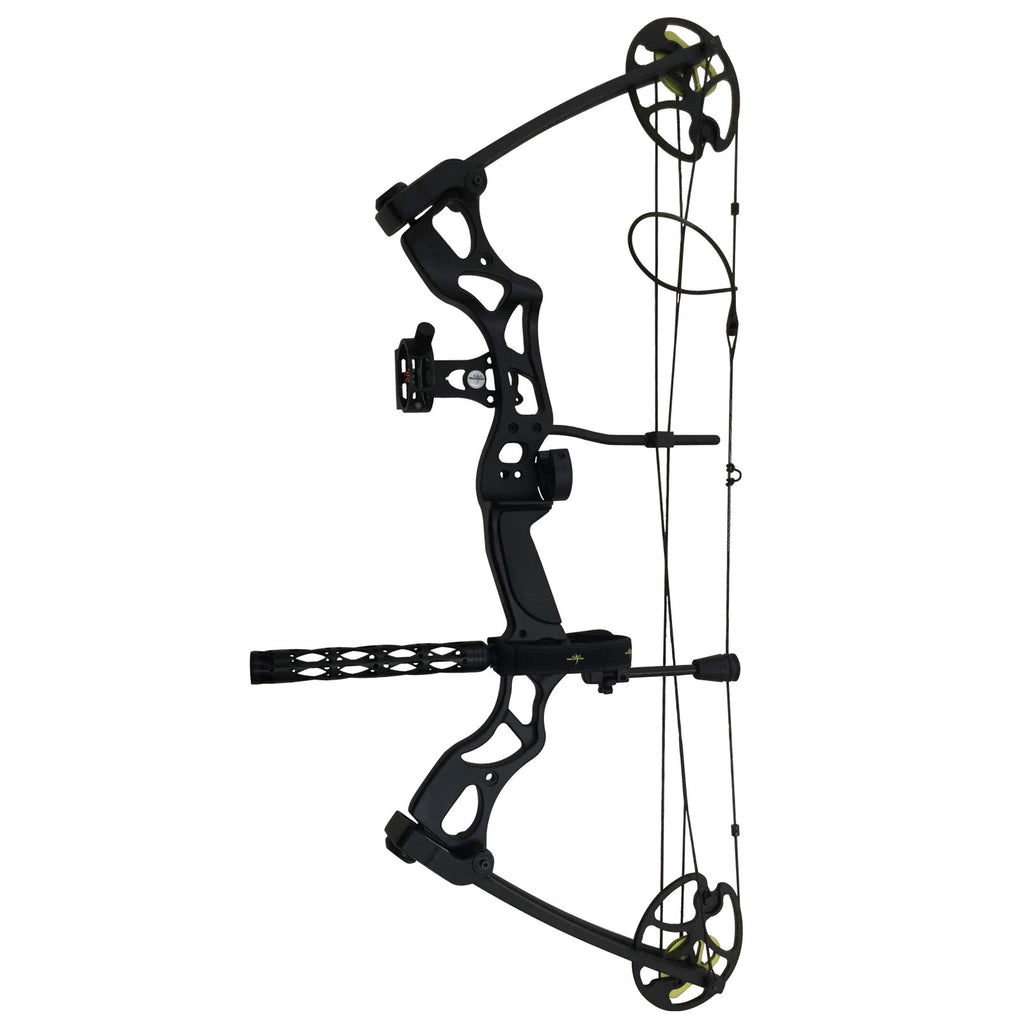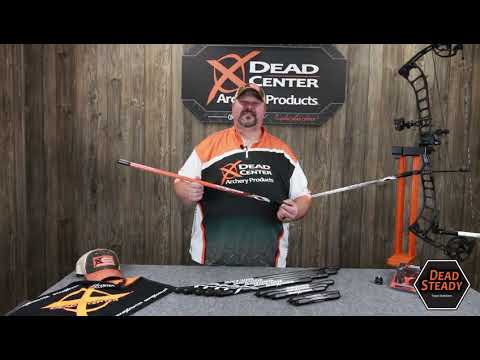Increase Your Archery Efficiency: The Ultimate Overview to Bow Stabilizer Setup
Amongst the numerous elements that contribute to precision and security, the bow stabilizer plays a pivotal duty in improving your shot execution. Comprehending just how to maximize your bow stabilizer configuration can lead to significant improvements in your total precision and consistency on the range or in the area.
Comprehending Bow Stabilizers
In the world of archery equipment, the role and feature of bow stabilizers stand as essential parts for improving shooting accuracy and security. Bow stabilizers are created to reduce bow torque, lower vibrations, and assist in holding the bow stable throughout the aiming and launch process. By affixing a bow stabilizer to the riser of the bow, archers can experience better equilibrium and decreased hand shock, leading to more precise and regular shots.
The primary function of a bow stabilizer is to dampen any type of vibrations that occur upon launching the arrow. This decrease in vibration not just enhances the shooter's convenience however also assists keep focus and control throughout the shot cycle. Additionally, bow stabilizers help in reversing the weight of devices affixed to the bow, such as views, quivers, and arrowhead rests, ensuring ideal weight circulation for enhanced security.
Understanding the technicians and advantages of bow stabilizers is critical for archers wanting to fine-tune their shooting efficiency and attain greater accuracy on the variety or in the field.

Picking the Right Stabilizer Weight
Picking the ideal weight for your bow stabilizer is an important facet of enhancing your archery arrangement for enhanced shooting efficiency. The stabilizer weight straight influences exactly how effectively the stabilizer lowers vibration and stabilizes your bow throughout the shot. When choosing the appropriate stabilizer weight, it's vital to consider your shooting design, bow balance, and personal preferences.
Lighter stabilizers, typically considering between 3-6 ounces, are favored by archers that prioritize ability to move and quick target procurement. These stabilizers are optimal for seekers or those who fire in difficult surfaces where flexibility is essential. On the various other hand, heavier stabilizers, ranging from 8-12 ounces or even more, are preferred by target archers looking for optimum stability and minimized bow activity. The added weight aids hold the bow steadier during the intending procedure and minimizes the impacts of torque on the bow.
Ultimately, the finest stabilizer weight for you will certainly depend on your shooting goals and preferences. Exploring with different weights and discovering the one that supplies the optimal balance of stability and maneuverability is vital to enhancing your archery performance.
Installing Your Bow Stabilizer
To appropriately mount your bow stabilizer, make certain that you have all the needed devices and adhere to these detailed guidelines for a effective and safe configuration. Begin by determining the front stabilizer bushing on your bow riser. A lot of bows have pre-threaded openings for stabilizer installment. Next off, apply a little amount of bowstring wax to the threads of the stabilizer screw to stop it from loosening during use.
Meticulously string the stabilizer into the front bushing by hand, ensuring not to cross-thread it (bow stabilizer). As soon as the stabilizer is comfortably in position, use a suitable wrench to tighten it firmly. Prevent over-tightening, as this can cause damages to the bow or stabilizer
After installing the stabilizer, check to ensure it is straight and aligned with the bow. Some stabilizers include adjustable weights or dampeners; readjust these according to your preferences and shooting design. Examination the bow to make sure the stabilizer is efficiently lowering vibration and boosting go to this website your shot consistency.
Changing Stabilizer Position for Accuracy
After mounting the bow stabilizer firmly, maximizing its placement is crucial for boosting precision in your capturing. The placement of the stabilizer can considerably impact the balance and security of your bow throughout the shot cycle. To readjust the stabilizer for optimum precision, begin by trying out with different settings. Moving the stabilizer closer to the riser can help in reducing the bow's general weight distribution, potentially enhancing your aiming stability. Alternatively, extending the stabilizer better out can boost the bow's forgiveness and decrease the results of torque on the shot.
When changing the stabilizer placement, consider the kind go of capturing you do. For target archery, a longer stabilizer positioned further out could be beneficial for included security during the intending process. On the other hand, seekers may prefer a shorter stabilizer for better ability to move in the field. Remember to make little modifications and test your arrangement after each change to determine the ideal position for your shooting design and preferences.
Fine-Tuning Your Stabilizer Configuration

Furthermore, consider the placement of any kind of dampeners or weights along the stabilizer rod. Relocating these components closer to or further from the riser can change the stabilizer's overall impact on your bow's equilibrium. Fine-tuning these details can aid decrease resonance, reduce hand shock, and boost overall control during the shot implementation.
Regularly reassess your stabilizer configuration as your capturing technique progresses to guarantee it remains to match your kind and shooting objectives. By finetuning your stabilizer configuration with precision and care, you can enhance your bow's efficiency and elevate your archery skills to new heights.
Final Thought
Finally, optimizing your bow stabilizer configuration is essential for boosting your archery performance. By comprehending the function of stabilizers, picking the ideal weight, properly mounting and placing the stabilizer, and fine-tuning its setup, you can enhance your accuracy and consistency in shooting. Make the effort to trying out various arrangements and adjustments to find the configuration that works best for you and helps you achieve your archery goals.
Bow stabilizers are designed to decrease bow torque, reduce resonances, and aid in holding the bow over here constant throughout the intending and launch procedure. By connecting a bow stabilizer to the riser of the bow, archers can experience better equilibrium and lowered hand shock, resulting in even more constant and specific shots.

The stabilizer weight directly influences just how successfully the stabilizer lowers vibration and stabilizes your bow during the shot. bow stabilizer. By recognizing the purpose of stabilizers, choosing the suitable weight, appropriately positioning the stabilizer and installing, and tweak its configuration, you can improve your precision and uniformity in capturing